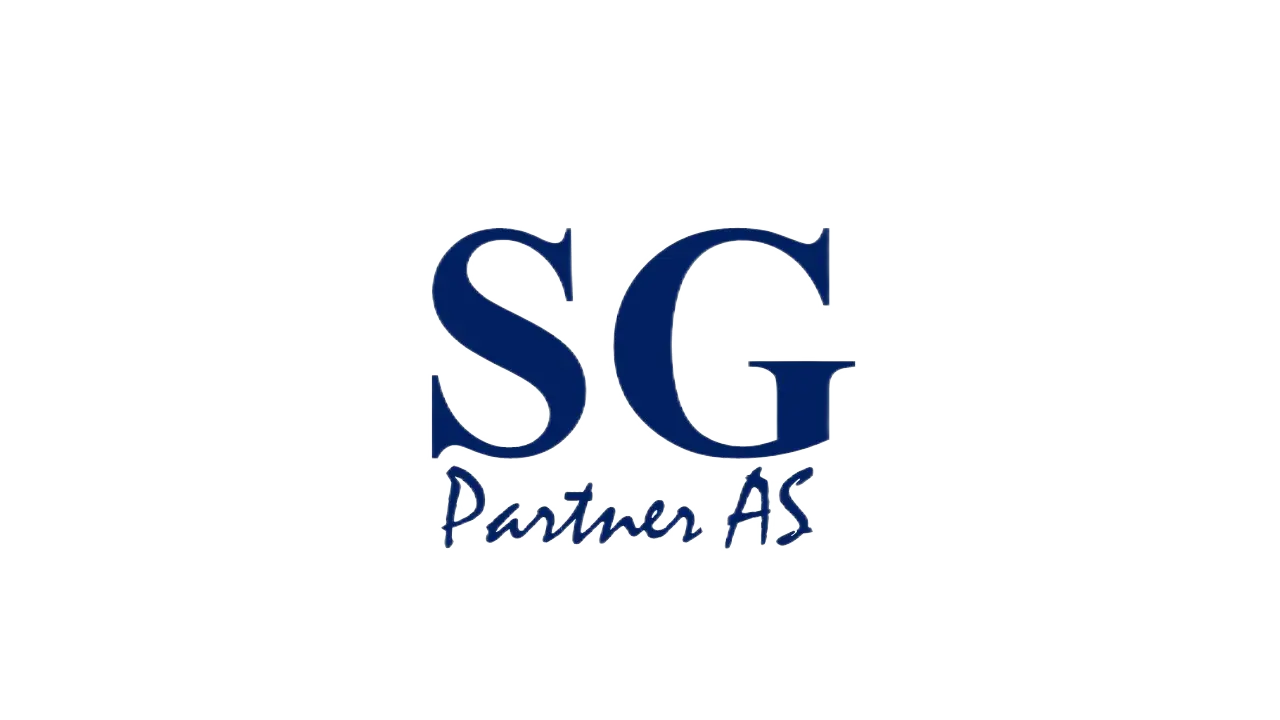COURSE OBJECTIVE:
• Understand what Linked Data is and how the semantic web works.
• Become familiar with basic concepts like RDF, URIs, and triple stores.
• Be able to create simple RDF data and understand how it can be published and consumed.
• Get introduced to SPARQL and the ability to perform basic queries.
TARGET AUDIENCE:
The target audience for this «Introduction to Linked Data» course can be diverse and includes professionals, students, and researchers interested in data management, the semantic web, and data interoperability. Specific target groups may include:
•
IT Professionals: Software developers, data managers, and system architects who want to understand how Linked Data can be applied in modern information systems.
•
Data Scientists and Analysts: Individuals who want to link data and extract insights from various sources using semantic technologies.
•
Information Specialists: Librarians, information managers, and archivists interested in using Linked Data to enhance information retrieval and cultural heritage sharing.
•
Researchers: Academics and researchers in various domains, such as natural sciences, social sciences, and humanities, who want to share data and establish connections between research findings.
•
Students: Students in computer science, information sciences, and related fields looking to build their knowledge of Linked Data for future careers.
•
Data Managers in Organizations: Individuals responsible for managing and integrating data within organizations who want to understand Linked Data concepts for improved data integration.
•
Policymakers and Innovation Managers: Individuals who want to understand how Linked Data can contribute to innovation, data sharing between organizations, and creating value from data.
In summary, the course is intended for a wide range of professionals and students looking to expand their knowledge of Linked Data and semantic web concepts and applications. The exact target audience may vary based on the specific context and level of the course.
COURSE PREREQUISITES:
None
COURSE CONTENT:
1: Introduction to Linked Data
• What is Linked Data?
• The role of Linked Data in the semantic web.
• Key concepts: RDF, URIs, triples.
• Principles of data linking and reusability.
2: Semantic Web Standards
• In-depth exploration of RDF (Resource Description Framework).
• Understanding URIs and their function as unique identifiers.
• Introduction to OWL (Web Ontology Language) and its role in semantic modeling.
• An overview of SPARQL (SPARQL Protocol and RDF Query Language).
3: Semantic Queries with SPARQL
• A deeper dive into the SPARQL query language.
• Building blocks of SPARQL queries: SELECT, WHERE, FILTER, etc.
• Executing simple semantic queries.
• Hands-on Workshop: SPARQL queries with DBpedia.
• Break.
4: Linked Data in Real-World Practice
• Practical examples of Linked Data projects.
• Applications in various domains: media, healthcare, government, etc.
• Benefits of using Linked Data for data interoperability.
5: Hands-on Workshop: Creating and Publishing RDF
• Creating simple RDF triples with OSDE.
• Publishing RDF data on the web.
6: Present & Future of Linked Data
• Rich snippets: Google & schema.org.
• Graph data science: pattern recognition across datasets.
This course provides a comprehensive overview of Linked Data and its role in the semantic web, covering key concepts, standards, practical applications, and hands-on workshops. It also delves into the present and future trends in the field of Linked Data.
FOLLOW ON COURSES:
Not available. Please contact.
